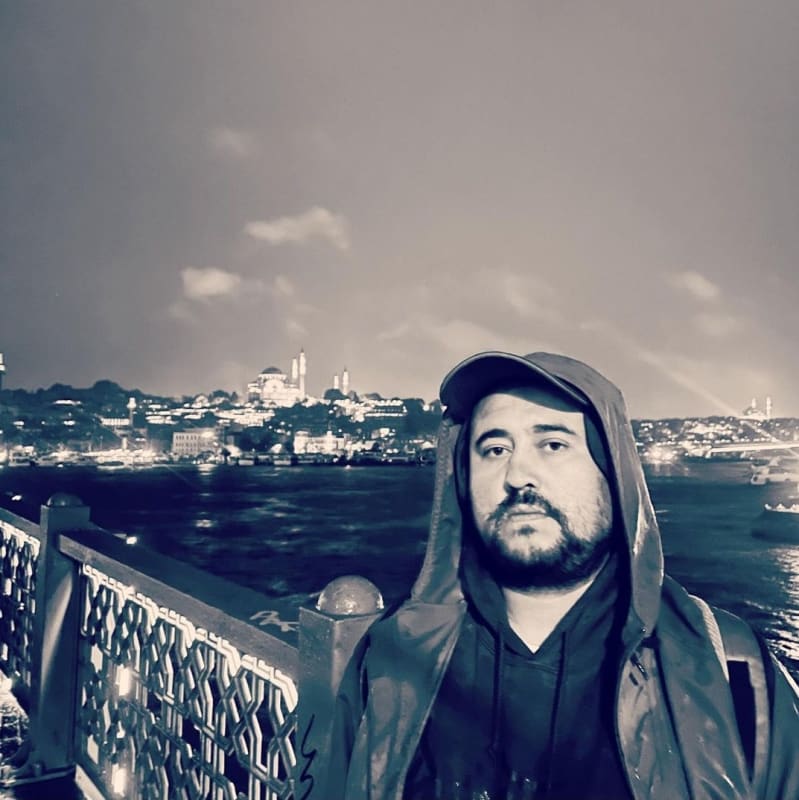For Santiago Castro, his work and life intersect in the same way his two productive focuses do: the work of artistic intervention through enormous murals around the world, and his studio work, where the width of the community work is transformed into small format paintings and engravings.
His career has been focused on building relationships between the visual arts and the city, concentrating his attention on landscape, temporary artistic works, history and urban cartography. The social structure has defined his artistic evolution, on one side inhabiting the streets to integrate them into the network of his visual codes, and on the other side bringing the urban aesthetics to the delicate work in the studio.
The use of rapid strokes that reflect an urgent writing on broad areas of colour has formed the distinctive iconography of all his work.
It is exciting to contemplate in Castro's work the evolution of the young graffiti artist, wrapped up in the ego of the adolescent act of signing walls in the urban spaces of his city, towards the development of an open criticism of the political and social struggles of Latin America.
By threading thoughts on the seams of walls and avenues, Castro brings his reflections on art to public spaces, establishing a visual order where the city in constant frenzy and abandonment is seen as a welcoming ground for the explosive chromatic gesture of his work. Surprisingly, the artist has the ability to deliver the energy of the street scaled down, concentrated and equally alive, in classical fine art formats that nowadays inhabit galleries and collections all over the world.
For Santiago Castro, this back-and-forth between the city and art is, in his daily expression, the coming and going between the streets and the private painting studio. These vagrant wanderings have certainly been his most intimate inspiration for artistic production.
Santiago Castro was born in Nemocón, Cundinamarca, a small town 80 km from Bogotá, on 19 February 1987. Since he was 14 years old, he did graffiti and artistic interventions in public spaces under the pseudonyms of Cazdos and WordBTA, integrating the legendary Bogotano graffiti group MDC (in spanish, While They Sleep Crew).
In 2012 he wrote the paper Diagnóstico Graffiti Bogotá, a research publication that has been key to the creation of an urban art policy in this Colombian city. He was editor and founder of the forum Escritores Urbanos (2003) and the magazine Objetivo Fanzine (2005). He studied art at the Universidad de los Andes in Bogotá, where he graduated as an art teacher, specialising in visual art.
For more than 20 years his work has been developed around street painting. Through graffiti and urban art he has carried out large-scale mural painting projects in the main cities of Colombia: Cartagena, Santiago de Cali, Barranquilla, Medellín, Cúcuta, Florencia, Pasto, Quibdó and Villavicencio; and in cities around the world such as Sao Paulo, San Salvador, Ankara, Istanbul, Esmima, Lyon, Toulouse, Paris, Lisbon, Amman, Ottawa, Antwerp, Miami, Lima, Quito, Buenos Aires, Madrid, Berlin and Seoul.
